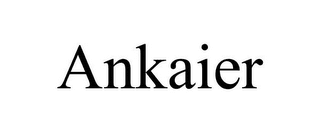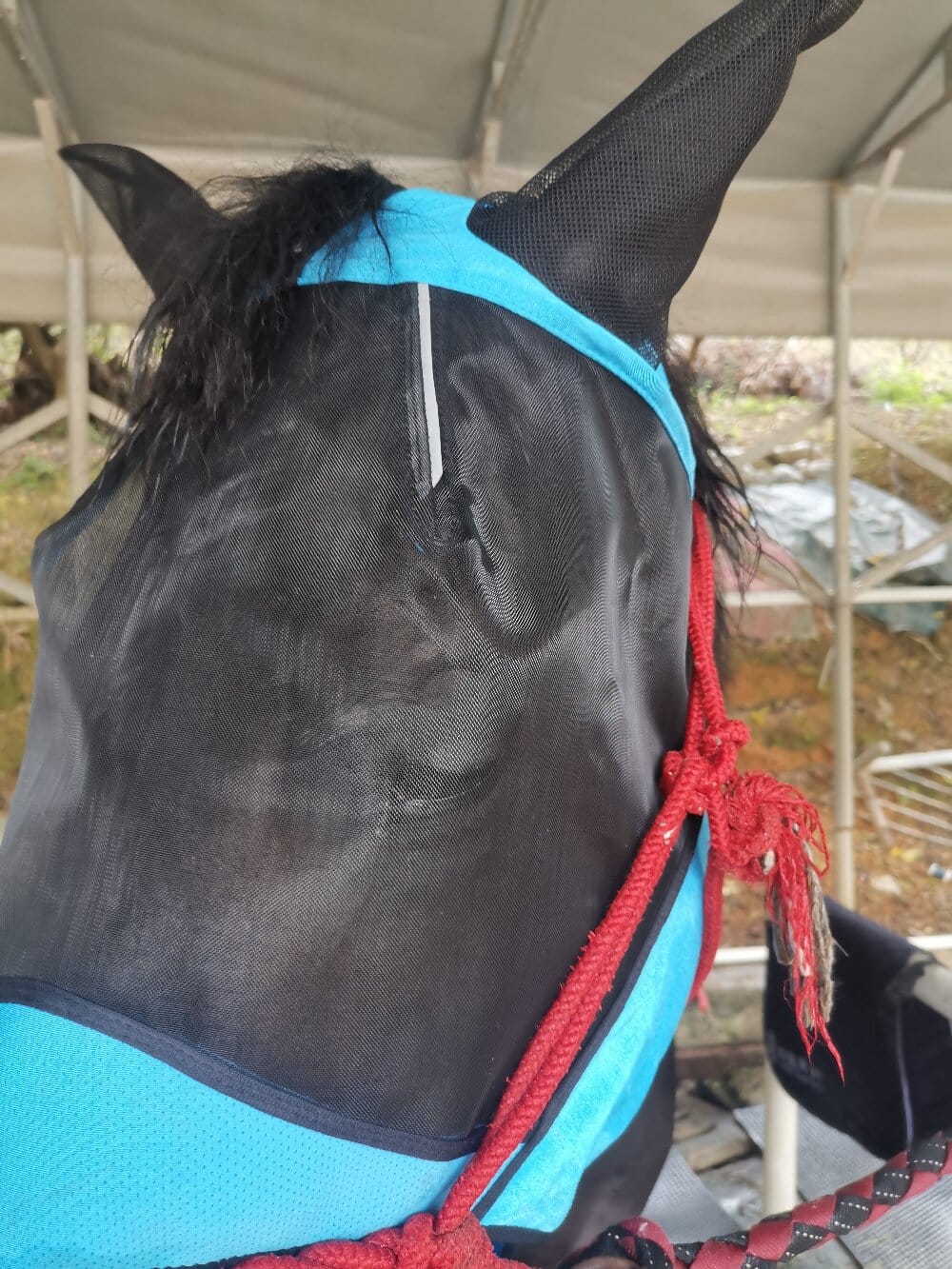When you’re analyzing the gear for your horse’s well-being, a horse fly mask is a critical piece of equipment that demands a technical evaluation. Far more than a simple mesh screen, this piece of equine apparel functions as a sophisticated barrier system, engineered to protect your horse’s sensitive eyes and face from a multitude of environmental irritants. From the relentless biting of insects to the damaging effects of ultraviolet rays, the right fly mask serves as a first line of defense, directly impacting your horse’s comfort, health, and performance. Understanding its construction, features, and proper application is essential for any responsible owner looking to optimize their animal’s quality of life.
Decoding the Materials and Mesh Technology
The primary component of any fly veil is the mesh itself, and its quality dictates both protection and comfort. Technically, you are looking for a fine, durable, and lightweight material, often a polyester or nylon blend. The key metric here is the thread count and weave density—a tighter weave prevents even the smallest gnats from penetrating, while still allowing for maximum airflow to prevent overheating. Furthermore, advanced materials now offer UV-protective coatings, blocking up to 80% of harmful ultraviolet rays, which is crucial for preventing sunburn, especially on horses with pink skin or light-colored faces. This dual-action defense against both insects and sun exposure makes a modern fly mask an indispensable tool in your management arsenal.
Anatomy of a Secure and Comfortable Fit
A mask that slips, twists, or rubs is worse than no mask at all. The technical analysis of the fit revolves around several key anatomical points. First, examine the browband and cheek pieces; they should be contoured to sit flat against the horse’s head without putting pressure on the ears or whiskers. The nose cover, if present, should allow for full jaw movement and unobstructed breathing. Next, scrutinize the closure system. Most high-quality masks use a breakaway safety mechanism, typically a velcro tab or a elasticized strap, designed to release under significant pressure to prevent injury if the mask gets caught. You must ensure this closure is secure enough to stay on during rolling and vigorous head-shaking, but weak enough to function as intended in an emergency.
Specialized Designs for Specific Use Cases
Not all equine face masks are created equal, and the market offers specialized designs to address specific needs. Your technical assessment should match the product to your horse’s environment and vulnerabilities.
- Full Face Coverage: This design offers the most comprehensive protection, extending from the ears down over the entire nose. It’s ideal for horses extremely sensitive to insects or those prone to sunburn on their muzzles.
- Poll Guard Attachment: Some masks integrate or offer an attachable panel that covers the poll (the area behind the ears). This is a common site for sweet itch, a severe allergic reaction to midge bites, making this feature a targeted solution for affected horses.
- Ear Covers: Built-in mesh ear covers protect the sensitive inner ear from flies and gnats, which can be a major source of agitation and head-tossing. Look for soft, non-irritating mesh in this section.
- Rugged Turnout Masks: Constructed with tougher materials and reinforced stitching, these are built to withstand the rigors of 24/7 turnout with other horses, resisting tears and damage from rubbing or playful contact.
Maintenance and Durability: A Long-Term Investment
From a technical standpoint, the longevity of your horse’s fly gear is a function of material quality and your maintenance regimen. A durable mask will resist tearing and maintain its UV protection for at least one full season, if not longer. However, its performance is contingent on proper care. You should establish a routine of regular cleaning to remove sweat, dust, and debris that can degrade the fabric and irritate the skin. Hand-washing in mild soap and air-drying away from direct heat will preserve the elasticity of the straps and the integrity of the mesh. Regularly inspect the mask for signs of wear, such as frayed stitching, weakened elastic, or compromised velcro, as these are technical failure points that could lead to the mask falling off or, worse, causing an injury.
Making an Informed Decision for Your Horse
Choosing the right fly mask is a practical application of technical analysis. You must weigh factors like your horse’s individual sensitivity, their living environment (pasture vs. stall), and the local insect population. A horse in a low-fly area with minimal sun exposure may only need a basic mask during peak bug season, while another might require a full-face, UV-blocking model for daily turnout. The goal is to select a product that provides maximum protection with minimum interference, enhancing your horse’s comfort without restricting its natural behavior. By taking a systematic and informed approach, you ensure that this simple piece of equipment delivers on its complex promise of safety and well-being.

